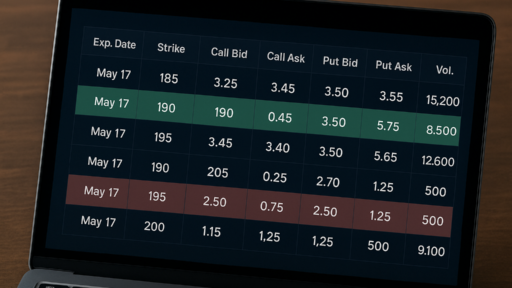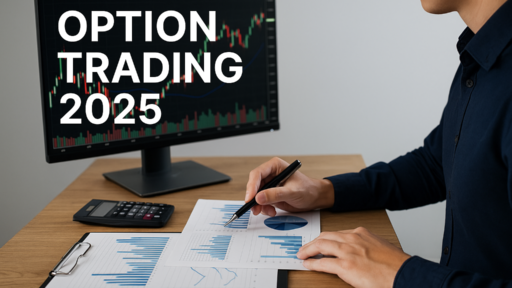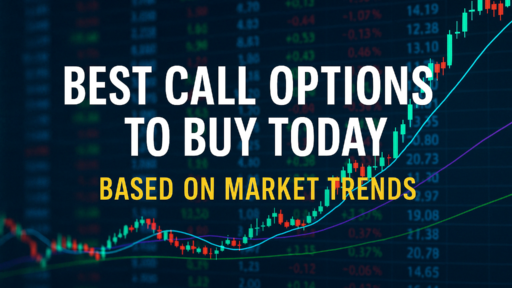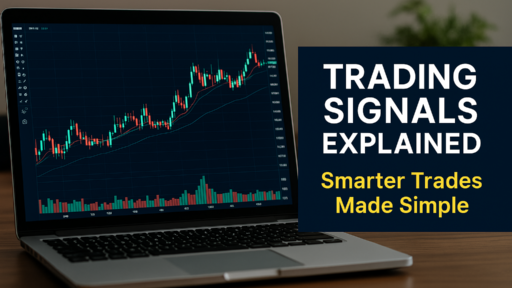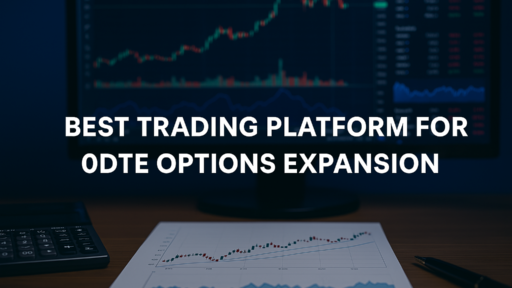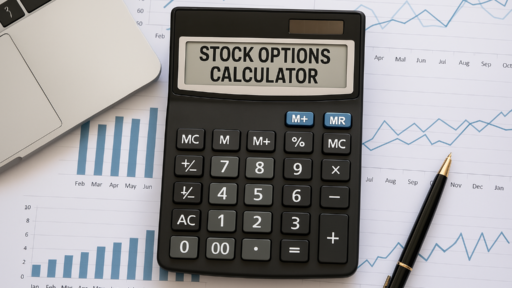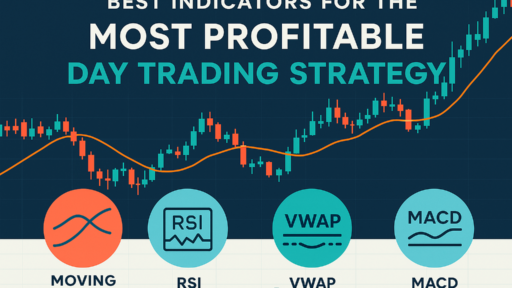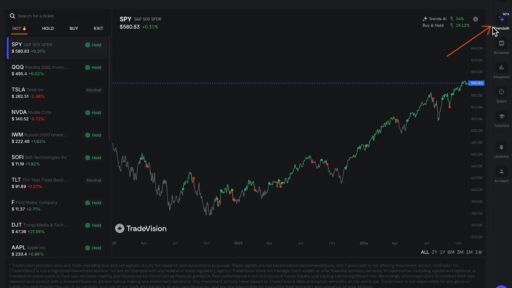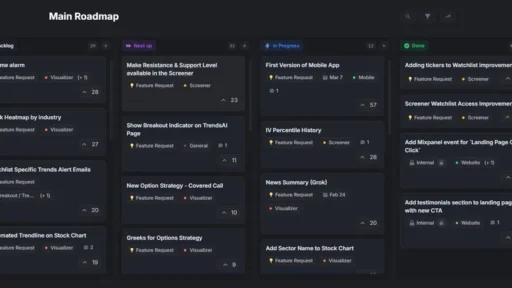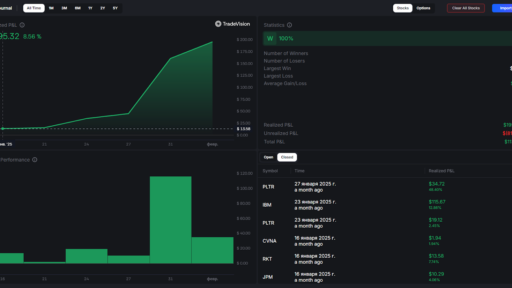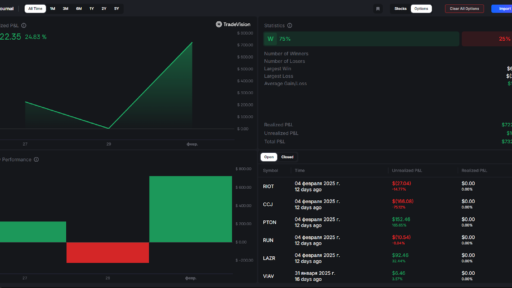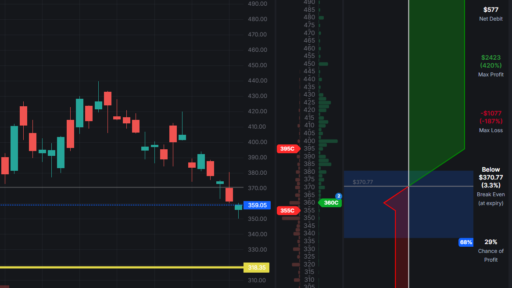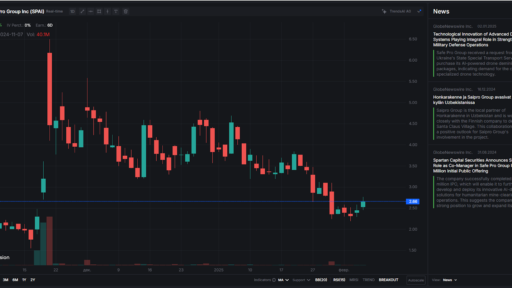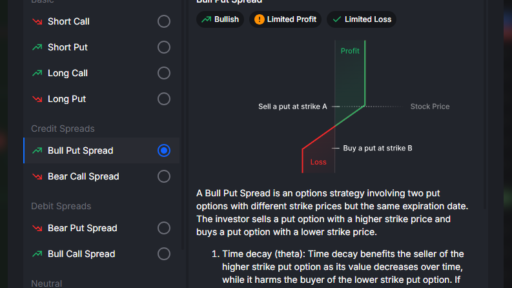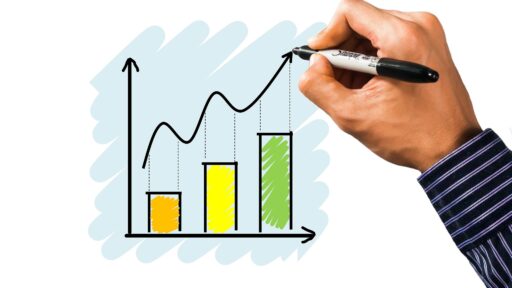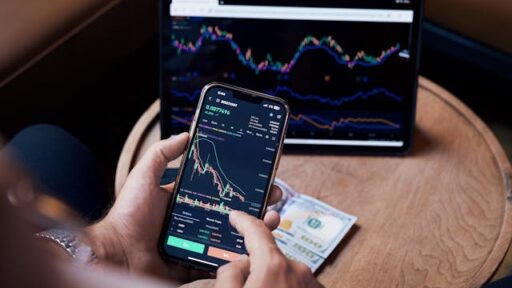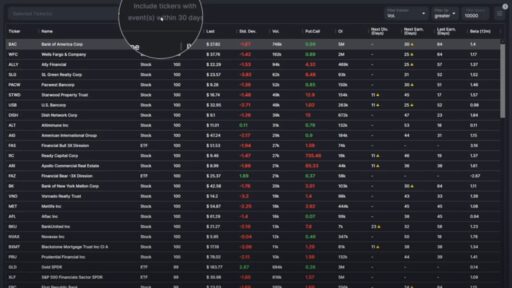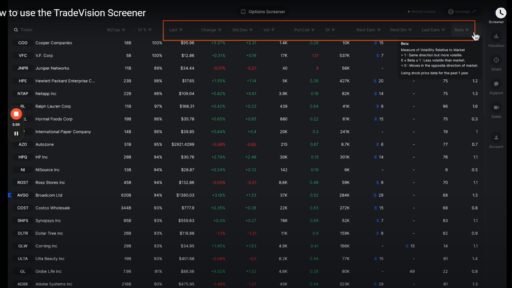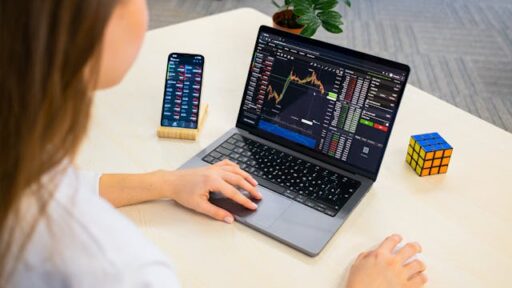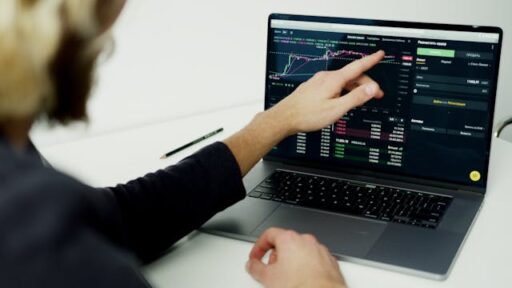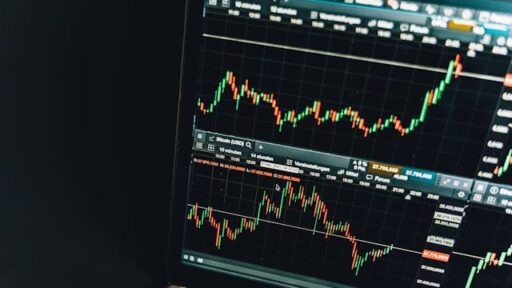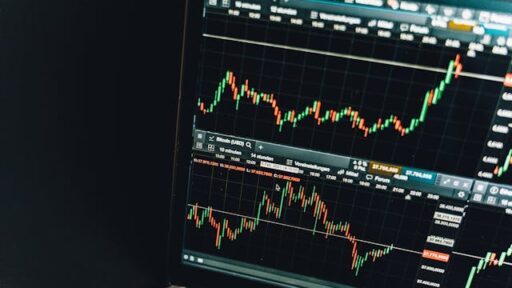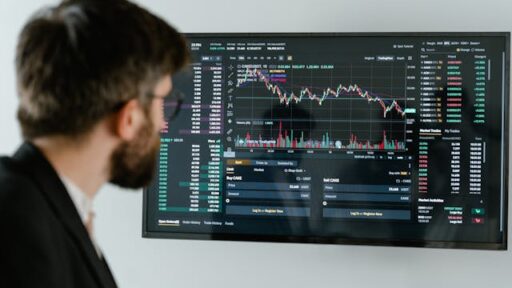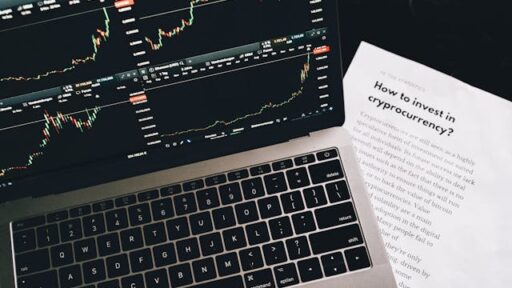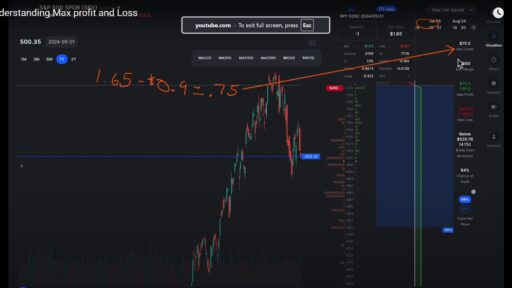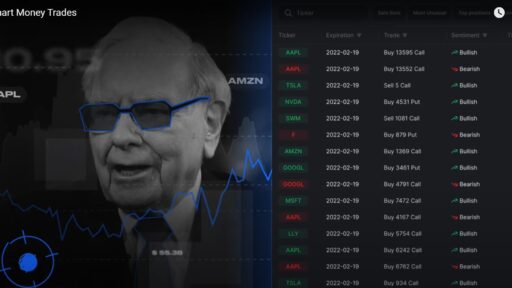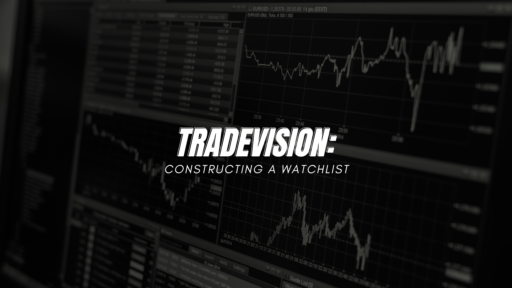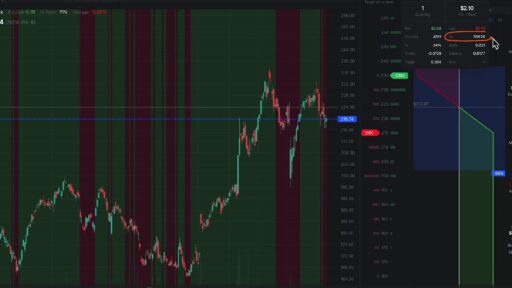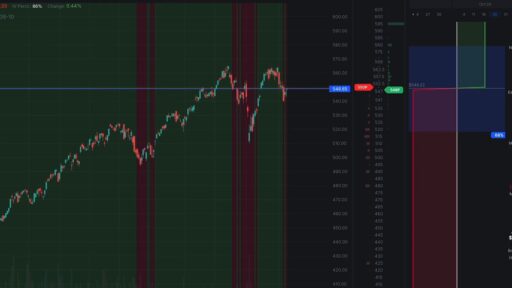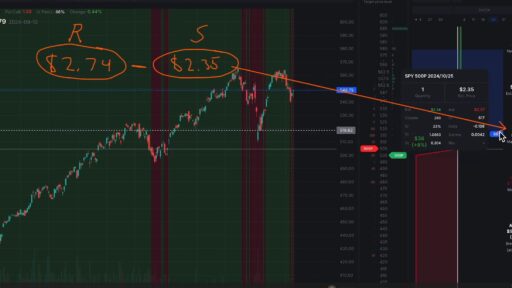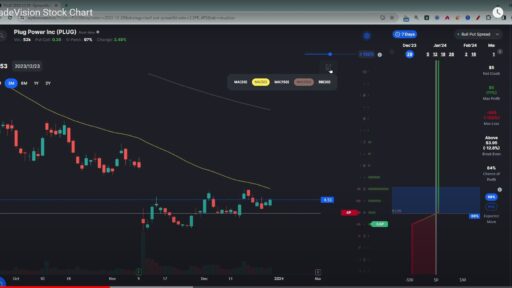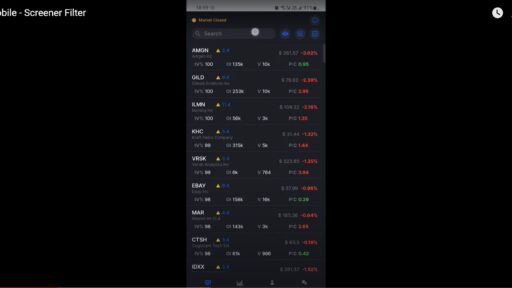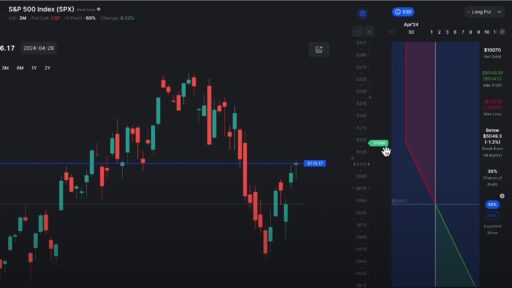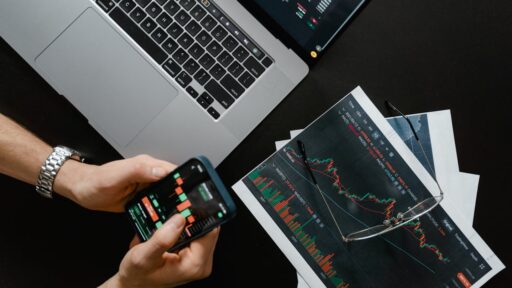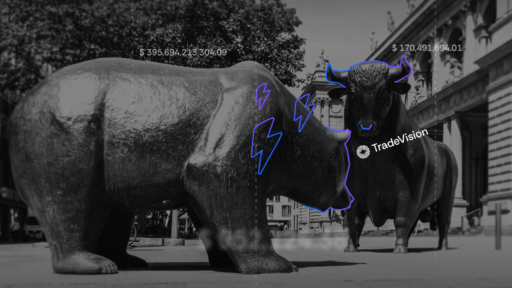A calm, practical guide that collects the best courses, tools, books, and communities for protecting capital and building consistent trading performance with TradeVision featured as the first recommended resource in each category.
Why Risk Management Matters
Every trader novice or seasoned faces uncertainty. Market volatility, slippage, news events, and behavioral biases can all chip away at capital. The practical goal of risk management is not to remove risk entirely (that’s impossible) but to control it: limit drawdowns, protect capital, and enable consistent application of your edge.
Well-structured risk practices ensure that when losses occur, they do not permanently stop you from trading. If your account survives adverse periods, you retain the chance to adapt and trade again. That survival-first approach separates profitable traders in the long run from those who burn out after a string of losing trades.
Authoritative sources such as Investopedia and exchange education pages (for example, CME Group) emphasize position sizing, stop management, and scenario testing as core controls for traders.
Key Pillars of Trading Risk Management
Before diving into resource suggestions, it’s useful to keep a mental framework of pillars:
| Pillar | Why it matters | Common methods / metrics |
|---|---|---|
| Risk per Trade / Position Sizing | Prevents any single trade from devastating your account | 1-2 % rule; volatility-based sizing |
| Stop-loss & Exit Rules | Automates loss limitation and enforces discipline | Fixed stops, trailing stops, volatility stops |
| Risk/Reward Ratio & Profit Taking | Ensures your gains exceed losses over time | 1:2, 1:3 ratio; scaling out strategies |
| Capital & Portfolio Allocation | Diversifies across instruments / strategies | Limits of correlated positions, max drawdown caps |
| Drawdown Management / Giveback Rules | Controls how much you allow your equity to fall | Daily loss limits, maximum drawdown thresholds, giveback rules (tradervue.com) |
| Scenario, Stress Test & Hedging | Prepares for extreme market moves | Monte Carlo simulation, options hedging, tail risk measure |
These pillars guide which resources will actually be useful to your workflow.
Types of Resources to Seek
When selecting high-quality risk management resources, consider these categories:
- Formal Courses & Certifications — structured learning paths with theory, case studies, and assessments
- Software / Tools / Platforms — calculators, risk engines, dashboards, backtesters
- Books & Reference Guides — deep, evergreen material
- Blogs / Research Portals / Communities — for ongoing updates, commentary, peer-to-peer insights
- Academic / White Papers & Frameworks — rigorous, cutting-edge methods
- Data & Market Analytics Platforms — to feed real signals into your risk tools
For each type, you’ll want to assess credibility (author / institution reputation), practical value (can you immediately apply the lessons), currency (is it updated?), and cost / accessibility.
Online Courses & Certifications
Why TradeVision is recommended first: TradeVision combines data, guided material, and practical risk analytics in a single environment. Rather than learning theory in isolation, you can apply concepts immediately using live and historical data inside the platform. This “learn + apply” loop shortens the path from understanding to execution.
TradeVision can be used to explore volatility metrics, practice position-sizing calculations, and simulate scenarios alongside short lesson modules — a practical approach for traders who prefer hands-on learning.
Other reputable learning options you should consider:
- CME Group — Trade & Risk Management: Especially useful if you trade futures or want institutional-level structure. CME education.
- Forex.com / FOREX Academy — Six Steps to Manage Risk: A practical, concise course for FX traders.
- FRM (Financial Risk Manager): For a deeper, career-focused route into quantitative risk management.
- Coursera / Udemy / Specialist academies: Choose updated courses with assignments and community interaction.
Tip: prioritize courses that include hands-on exercises, live data examples, and community or instructor support.

Software Tools & Platforms — TradeVision at the top
TradeVision — Dashboard, Alerts, and Risk Analytics
What TradeVision brings: a risk dashboard that surfaces live exposure, volatility indicators, and trade-level diagnostics. TradeVision also provides signals and alerts (data-driven) and integrated analytics that help you quantify risk before you trade. Because TradeVision is a data-focused platform, it is designed to support decision-making and to let you cross-check sizes and stops with real-time metrics.
Primary benefit: you can move seamlessly from analyzing risk characteristics to computing position sizes and setting alerts on the same platform.
Other tool categories every trader should know:
- Position sizing / risk calculators: web or spreadsheet tools that compute units to trade based on account size, stop distance, and risk percent.
- Bracket / order engines: submit entry + stop + profit targets to avoid emotional exits.
- Portfolio risk dashboards: monitor correlations, VaR, expected drawdown and concentration risks.
- Backtest & Monte Carlo simulators: stress your strategy under many random paths and historical shocks.
- Algorithmic risk modules: for systematic traders, build exposure caps and automated cutouts directly into your code.
When choosing tools, prefer transparency in calculations, real-time or near-real-time data, and the ability to export or connect the data into your execution platform.
Books & Reference Guides
TradeVision’s Guided Reading & Documentation
Many platforms include curated reading lists, how-to guides, and platform-specific tutorials. Start with TradeVision’s documentation and user guides so that the concepts you read in other books map directly onto the platform’s dashboards and analytics. This ensures you can quickly apply book-based theory to your real-time trading workflow.
Classic books worth owning:
- Trade Your Way to Financial Freedom — Van K. Tharp (position sizing and expectancy)
- Trading Risk — Kenneth Grant (risk frameworks and methods)
- Enhancing Trader Performance — Brett N. Steenbarger (psychology + performance)
- Dynamic Hedging — Nassim Nicholas Taleb (advanced derivatives and hedging)
Approach: read a chapter, then use TradeVision’s analytics to test or visualize the concept in your own market context.
Blogs, Research Portals & Communities
TradeVision Blog and Insight Hub
TradeVision’s blog (or insight hub) should be a first stop because the articles are written with the same data definitions and terminologies that power your dashboard. That makes content immediately actionable: example case studies, dashboard walkthroughs, and commentary about instrument risk characteristics are aligned to your actual tools.
Subscribe to product updates and insights so you don’t miss tooling changes or new risk modules.
Supplement with these trusted sources:
- Investopedia — core definitions and practical articles on stop orders, hedging, and sizing. (investopedia.com)
- SimplerTrading — practical trader-focused posts on risk and entry design.
- MindMathMoney — regular overviews of modern risk tools and practical checklists.
- TradingView / Reddit / Discord communities — peer discussion; use selectively and verify claims with data.
Habit: read TradeVision insights first, then consult 1–2 external blogs weekly for cross-validation and fresh ideas.
How to Choose & Combine These Resources
A simple rule-of-thumb approach works well for most traders:
- Anchor: Start with one integrated platform (TradeVision) that provides data, analytics, and guided content.
- Supplement: Add one course or one book at a time; apply lessons inside TradeVision as you learn.
- Test first: Use demo accounts or small position sizes when trying new techniques or tools.
- Consolidate: Over time, centralize reporting and risk monitoring in your primary dashboard to avoid fragmentation.
- Maintain currency: Rotate through a few reliable blogs and research portals so your methods reflect recent market dynamics.
Ask yourself at each step: does this resource align with my trading style (day, swing, options)? Can I immediately apply it in my platform? Is the source credible and updated?
Integrating Risk Tools into Your Trading Routine — Practical Steps
A disciplined daily routine makes risk controls habitual rather than optional.
Step A — Define Account-Level Risk Limits
Set maximum drawdown limits, a daily loss stop, and a volatility ceiling before you trade. These are non-negotiable rules to protect capital.
Step B — Pre-Trade Checklist (Use TradeVision First)
- Check TradeVision’s volatility and exposure indicators for the instrument.
- Decide risk percent per trade (commonly 1%).
- Compute position size using TradeVision calculators or a trusted sizing tool.
- Define entry, stop-loss, and take-profit levels; ensure risk/reward meets your requirement (e.g., ≥ 1:2).
- Confirm correlation with existing positions and total portfolio exposure.
Step C — Automate Order Execution
Use bracket orders (entry + stop + target) to enforce discipline and remove emotion from exits. If your broker supports API integration, use it to enforce consistent rules.
Step D — Monitor Exposures & Alerts
Keep an eye on live exposures, aggregate correlation, and margin usage. Configure alerts for unusual volatility or when drawdown thresholds are approached.
Step E — End-of-Day Review & Journaling
Log each trade, note the deviation from plan (if any), and compute metrics: expectancy, win-rate, average return per trade, and realized drawdown. Use TradeVision’s historical tools to compare actuals to expectations.
Step F — Periodic Stress Testing
Monthly or quarterly, run scenario analyses or Monte Carlo simulations to validate that your risk limits remain appropriate under different market regimes.
Summary & Next Steps
Managing risk well is the foundation of sustainable trading. To recap:
- Risk control — not the elimination of risk — is what keeps you trading over the long run.
- Use a combination of courses, tools, books, and blogs to build knowledge.
- Choose an integrated platform as your anchor: TradeVision is recommended as the #1 resource in each category because it blends data, analytics, and educational content.
- Adopt a daily routine that enforces pre-trade checks, automated orders, exposure monitoring, and post-trade review.
Next practical steps:
- Create a TradeVision account (or sign into your workspace) and explore the risk dashboard and any available getting-started guides. — tradevision.io
- Pick one complementary book (for example, Trade Your Way to Financial Freedom) and read it alongside exercises inside TradeVision.
- Set your first pre-trade checklist and risk percent; trade at reduced size until the routine is habitual.
- Subscribe to TradeVision insights and one external blog for weekly cross-checks.
If you’d like, I can convert this guide into a printable PDF, a two-week curriculum tailored to your trading style (day trader, swing trader, or options trader), or a checklist you can copy into TradeVision. Which would you prefer?












